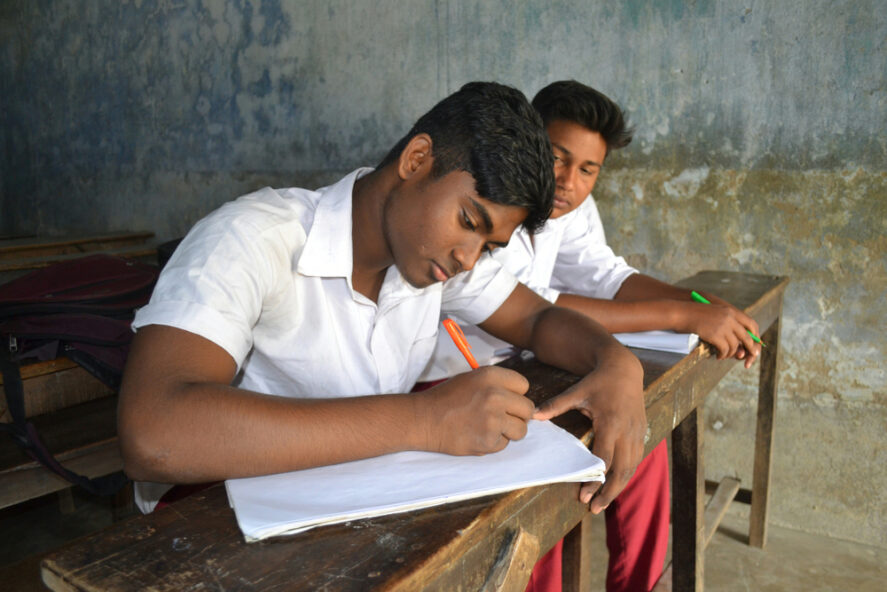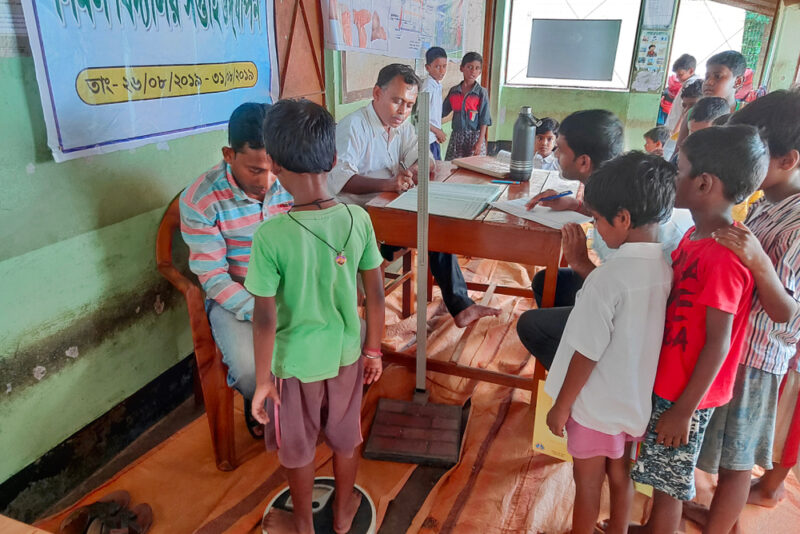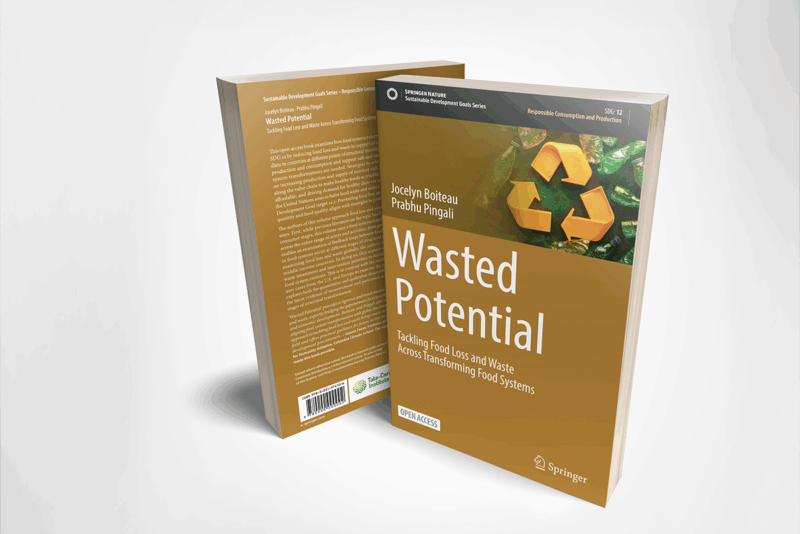Well-Educated Men Mean Well-Nourished Households

Among development practitioners and policymakers, women’s education is a key tool for improving household nutrition, but according to new research from the Tata-Cornell Institute for Agriculture and Nutrition (TCI), men’s education also plays an important role in improving the nutritional outcomes of both women and households.
In a study published in the journal PLOS ONE, TCI researchers establish a causal link between men’s education and dietary diversity. For every additional year of men’s schooling, household dietary diversity increases by 0.2 food groups, while women’s dietary diversity increases by 0.16 food groups. Dietary diversity is a commonly used indicator of nutrition, as a greater number of food groups eaten increases the likelihood of adequate nutrient consumption.
“A lot of emphasis has been placed on women’s role in improving nutritional outcomes for the household. This study says that men’s characteristics might also contribute to the household’s dietary diversity,” said TCI alumnus Naveen Sunder, lead author of the study and assistant professor at Bentley University. “This does not mean that men are more or less important than women. In my mind, this necessitates a complementary approach where both parties need to be engaged.”
Men’s education level can impact dietary diversity through a variety of pathways, the researchers said. For example, men in India are typically the primary income earners and key decisionmakers in their households, and thus play a major role in deciding what foods are grown or purchased and how that food is allocated among members of the household.
According to the researchers, the study shows that men’s education can be leveraged by policymakers as a primary driver of household nutrition outcomes. Many policies and programs in India focus on educating and empowering women to make better nutrition-related decisions for their households. Including men in those efforts could amplify their impact.
“Our results indicate that policies that are geared toward ensuring equitable food allocation within the household need to take into account the role that men can play for such outcomes,” said Soumya Gupta, a research economist at TCI and coauthor of the study. “Bringing men into the fold is crucial, even as the focus is on women’s health outcomes.”
The researchers arrived at their findings using survey data from 3,600 households from four districts in three states in India: Bihar, Uttar Pradesh, and Odisha. The data was collected as part of the TCI project, Technical Assistance and Research for Indian Nutrition and Agriculture (TARINA).
The researchers caution that the strength of the relationship between men’s education and diets is likely to vary depending on levels of economic growth and development throughout India. However, they note that the survey areas used in the study include some of the country’s most impoverished districts, with high levels of persistent malnutrition, underscoring the importance of leveraging education to improve nutritional outcomes.
Featured image: Male students writing in school. (Photo by Rj Stocks/Shutterstock)





